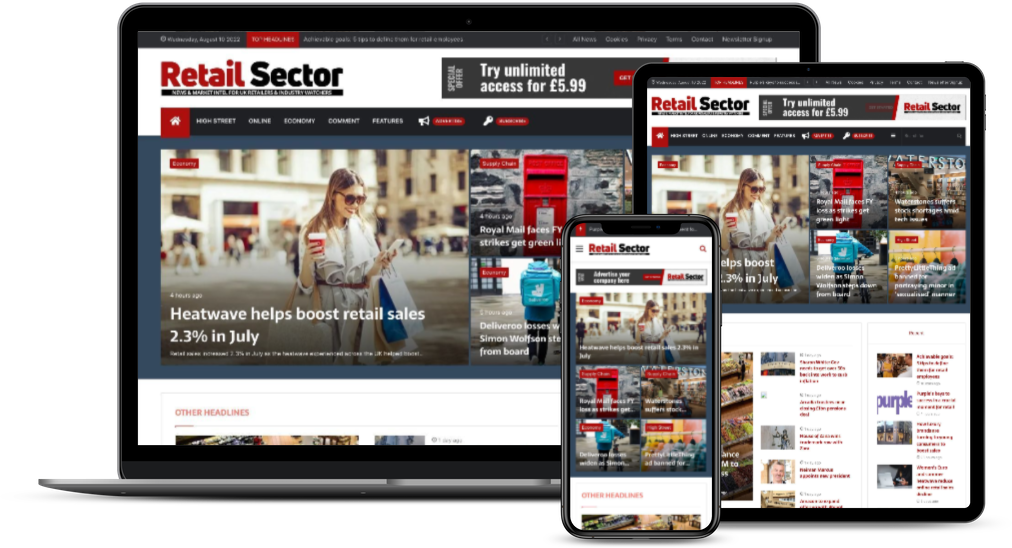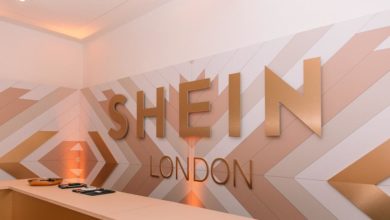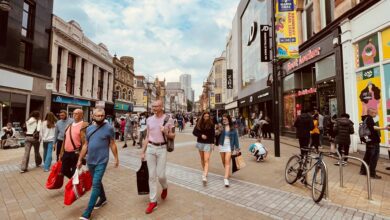How can boutique window dressing affect in-store visits?

Businesses do some weird and wonderful things to attract people into their store — Zara introduced augmented reality in their front window for example, and Saks Fifth Avenue filled their front window with a litter of puppies. But, things are different in a fashion boutique — the display needs to represent the luxe of the clothes that are in-store.







